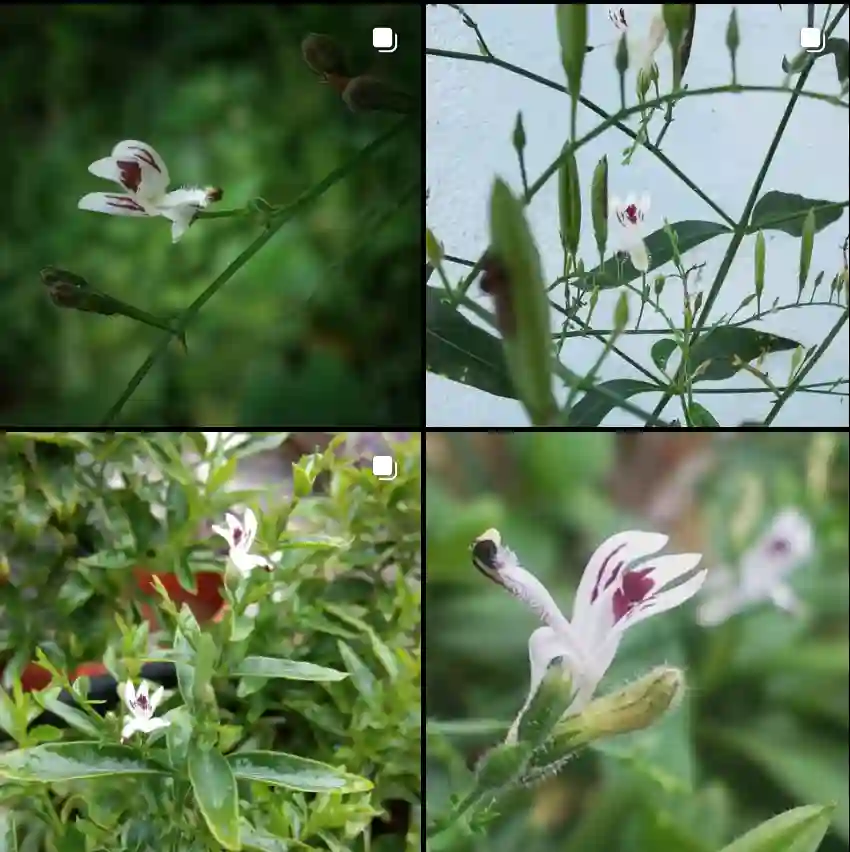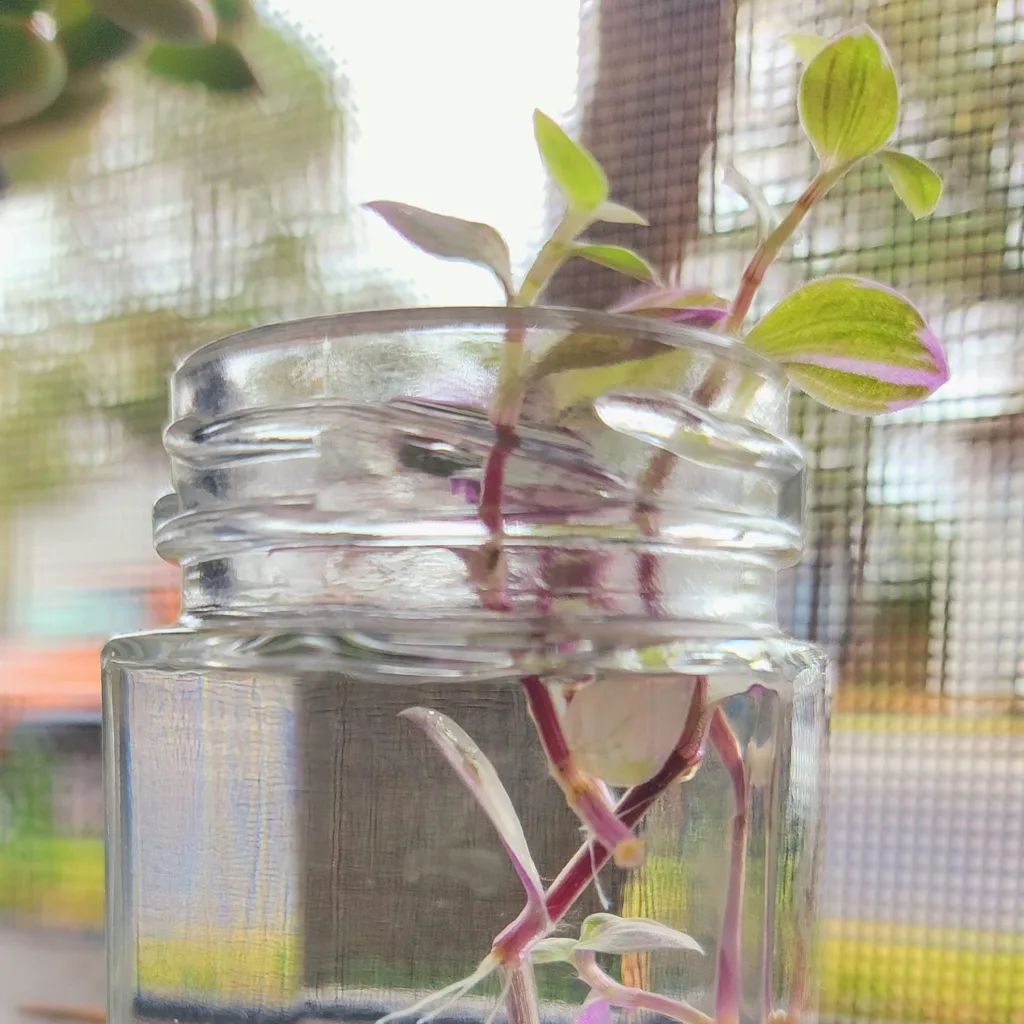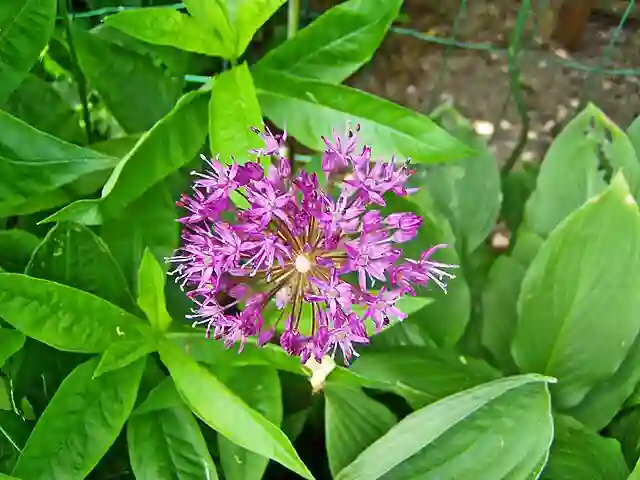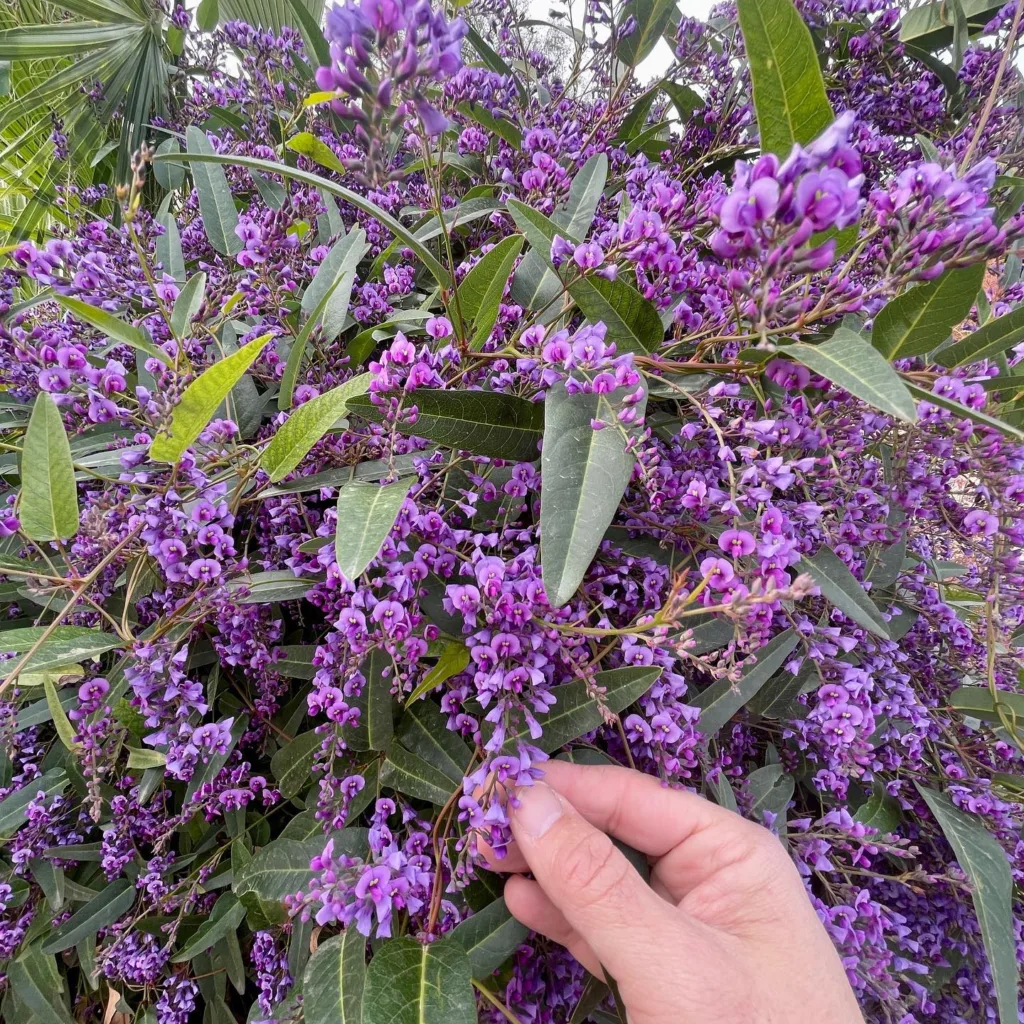A Gardener’s Guide to the Banana Yucca: From Spiky Foliage to Fleshy Fruit
The desert landscape holds a surprising number of edible delights. One such plant is Yucca Baccata – the Banana Yucca, a captivating succulent with spiky sword-like leaves and, as the name suggests, banana-shaped fruit. Over the years, this unique plant has become a fixture in my garden, offering both beauty and a taste of the desert. In this guide, I’ll share my experience with Banana Yucca, answering all the questions that bloomed alongside my own curiosity.
54 Species in Genus Yucca
Can I Eat Banana Yucca Fruit?
Absolutely! The fleshy fruit of the Banana Yucca, once ripe, is a traditional food source for indigenous communities in the southwestern United States and Mexico. The flavor profile is often described as a sweet potato with a hint of fruitiness.
How to Grow Banana Yucca?
Banana Yucca thrives in hot, dry climates with well-draining soil. Here in Missouri (insert your location if it’s different), I provide a sunny spot with sandy soil and minimal watering. They’re surprisingly low-maintenance plants, perfect for busy gardeners. Propagation is a breeze too. You can use seeds, offsets (pups that grow around the base), or even stem cuttings.
What Does Banana Yucca Fruit Taste Like?
As mentioned earlier, the ripe fruit boasts a sweet potato-like flavor with a touch of sweetness. Some even detect a hint of banana, though the resemblance is more visual than in taste.
Do Banana Yucca Grow in Missouri?
While Banana Yucca prefers the arid desert regions, it can adapt to climates like Missouri (or your location) with proper care. They appreciate the hot summers, but ensure well-draining soil and avoid overwatering, especially during the cooler months.
Do Banana Yucca Have Trunks?
Unlike some Yucca species, Banana Yucca doesn’t develop a true trunk. Instead, the sword-like leaves emerge from a basal rosette at ground level. This creates a more compact and visually interesting form in the garden.
Does Banana Yucca Itch?
Thankfully, Banana Yucca doesn’t have the glochids (tiny barbed hairs) that cause itching in some cacti. However, the leaf margins are sharp and can pierce the skin if not handled with care. Use gloves when pruning or harvesting the fruit.
How to Cook Banana Yucca?
The ripe fruit can be enjoyed raw, roasted, or boiled. Roasting brings out the natural sweetness, while boiling allows you to mash it for a unique take on mashed potatoes. The seeds are also edible and can be roasted for a nutty snack.
How to Cut Back a Banana Yucca?
Banana Yucca requires minimal pruning. However, if a leaf gets damaged or you want to control the size, use sharp pruners to remove the leaf at its base. Be sure to wear gloves for safety.
How to Distinguish Torrey Yucca from Banana Yucca?
These two Yucca species can look similar. Here’s a quick tip: Torrey Yucca has narrower, more flexible leaves with finer threads along the margins. Banana Yucca boasts wider, stiffer leaves with coarser threads. Additionally, Torrey Yucca produces dry capsules instead of fleshy fruit.
What Eats Banana Yucca?
In their natural habitat, Banana Yucca provides sustenance for various creatures, including javelina, deer, and even desert tortoises. In a garden setting, the sharp leaves often deter browsing animals.
Why Do Banana Yucca’s Leaves Fray?
The fraying on the edges of Banana Yucca leaves is a natural phenomenon. These threads are thought to help reduce water loss in the harsh desert environment. While some find the fraying unappealing, it adds to the plant’s rugged charm.
By following these tips, you can cultivate your own Banana Yucca and enjoy its unique beauty and edible rewards. Remember, with a little care, this desert dweller can thrive even outside its native range, adding a touch of the Southwest to your garden.
If i die, water my plants!



